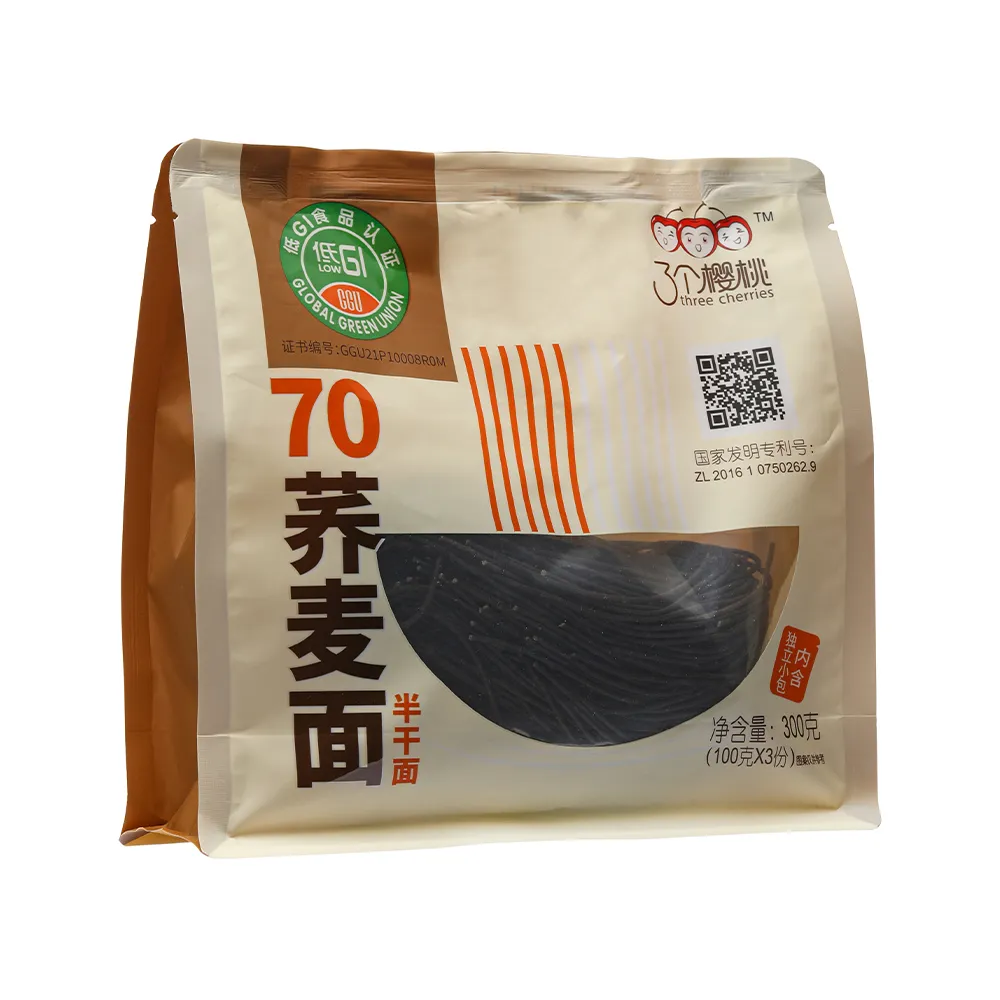homemade pasta noodles by hand
Homemade Pasta Noodles by Hand A Culinary Journey
There’s a particular joy in cooking that many find irresistible, and one of the most rewarding experiences is making homemade pasta noodles by hand. This age-old culinary tradition not only results in a delicious meal but also connects us to our heritage and to the people who came before us. In this article, we will explore the simple yet profound process of making pasta from scratch, the ingredients needed, and some tips to ensure your noodles turn out perfect.
The Ingredients
The beauty of homemade pasta lies in its simplicity. The basic ingredients you need are flour, eggs, and a pinch of salt. While many types of flour can be used, '00' flour is preferred by many pasta enthusiasts for its fine texture and ideal gluten content. You can also experiment with semolina flour or a mixture of flours to create a unique taste and texture.
For every 100 grams of flour, one large egg is typically used, along with a pinch of salt to enhance the flavor. This traditional ratio yields perfectly tender noodles, but feel free to adjust based on your preference or dietary needs. You can also incorporate pureed vegetables or beetroot for added color and nutrition.
The Process
1. Create the Dough
Begin by making a well with the flour on a clean surface. Make sure your workspace is clear and clean, as this will be your pasta preparation area. Add a pinch of salt to the flour, then crack the eggs into the well. Using your fingers or a fork, gently break the yolks and start mixing the flour into the eggs, gradually incorporating more flour until a rough dough begins to form.
Once it all comes together, knead the dough with your hands for about 10 minutes until it is smooth and elastic. This is an important step, as the kneading activates the gluten, giving your pasta its structure and chewiness.
2. Resting the Dough
homemade pasta noodles by hand

Wrap the kneaded dough in plastic wrap and allow it to rest for at least 30 minutes at room temperature
. This rest period is crucial as it relaxes the gluten, making the dough easier to roll out later.3. Rolling out the Dough
After the dough has rested, divide it into smaller portions. Keep the remaining dough covered to prevent it from drying out. Using a rolling pin, flatten one piece of dough into a rough rectangle. Then, roll it out as thinly as possible, dusting with flour to prevent sticking. If you have a pasta machine, this step can be even more straightforward, as you can gradually roll the dough thinner with each pass through the machine.
4. Shaping the Noodles
Once your dough has reached the desired thickness, it’s time to cut it into your preferred noodle shape. You could make fettuccine, lasagna sheets, or even tagliatelle. Use a sharp knife or a pizza cutter for clean edges. Dust the cut noodles with flour to keep them from sticking together.
5. Cooking the Pasta
To cook your freshly made noodles, bring a large pot of salted water to a rolling boil. Fresh pasta cooks much quicker than dried. It usually takes only 2 to 4 minutes, depending on the thickness. Taste a noodle to see if it's cooked to your liking, then drain and toss with your favorite sauce.
Embracing the Project
Making homemade pasta noodles by hand is not just about the end product; it’s a process steeped in tradition and creativity. This activity can be a wonderful group project, bringing family and friends together. Each person can contribute, whether it’s mixing, rolling, or cutting the dough.
In conclusion, making pasta from scratch is a satisfying endeavor that combines artistry with culinary technique. So, gather your ingredients, roll up your sleeves, and embark on this delicious journey of homemade pasta. Not only will you be rewarded with a plate of fresh noodles, but you'll also create memories and perhaps even pass along this cherished skill to the next generation.
-
Is Whole Wheat Pasta Healthy?NewsMay.30,2025
-
Are Soba Noodles Good for Weight Loss?NewsMay.30,2025
-
Are Buckwheat Soba Noodles Healthy?NewsMay.30,2025
-
Are Buckwheat Soba Noodles Gluten Free?NewsMay.30,2025
-
Are Buckwheat Noodles Good for You?NewsMay.30,2025
-
A Healthy Way to Savor Soba and Spicy FlavorsNewsMay.30,2025
-
What Are Lanzhou Noodles?NewsMay.30,2025
Browse qua the following product new the we

















































































































